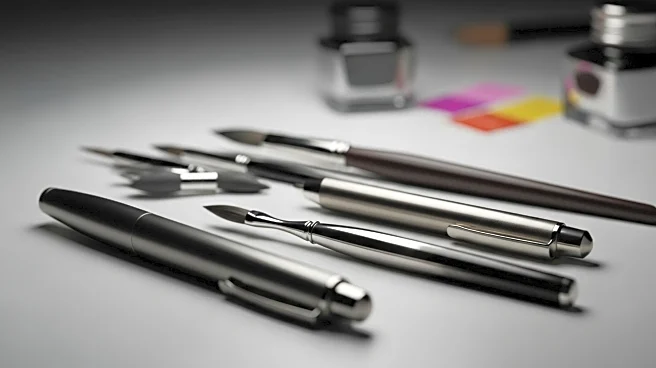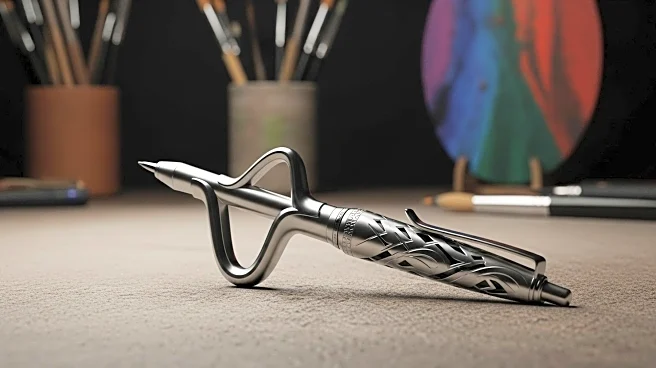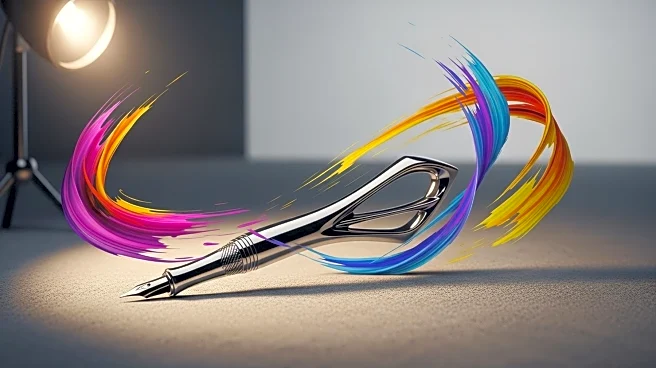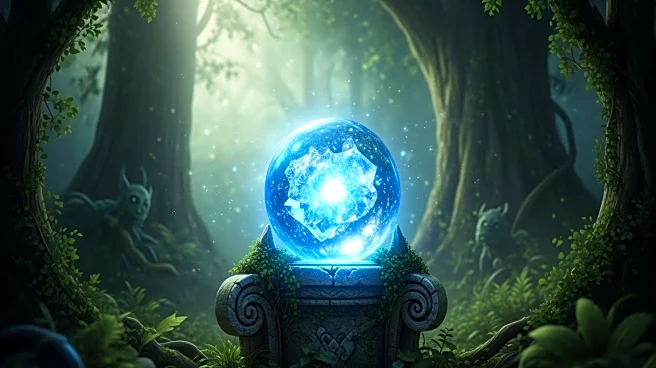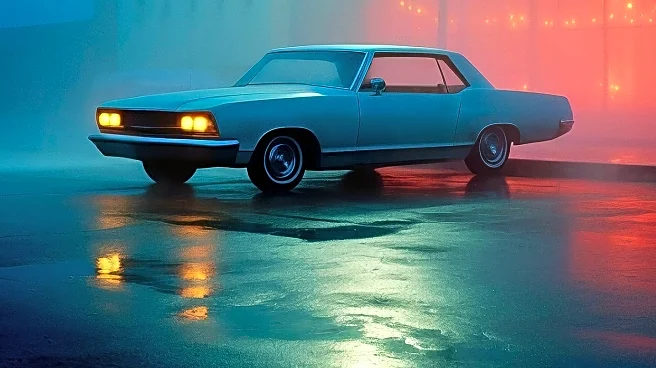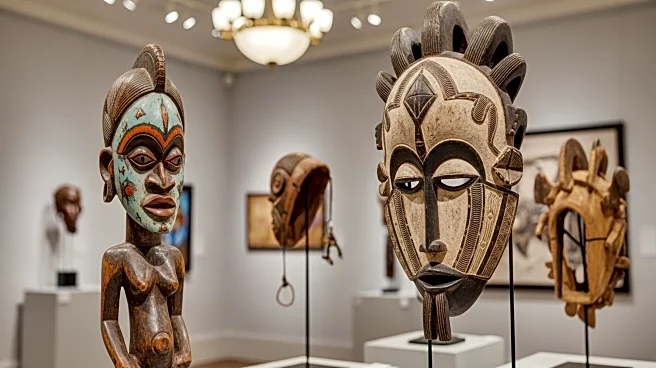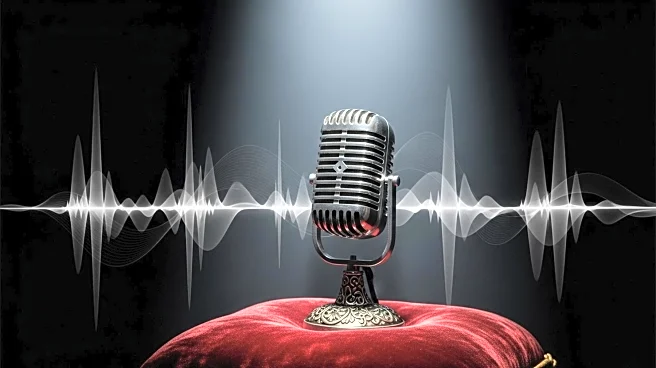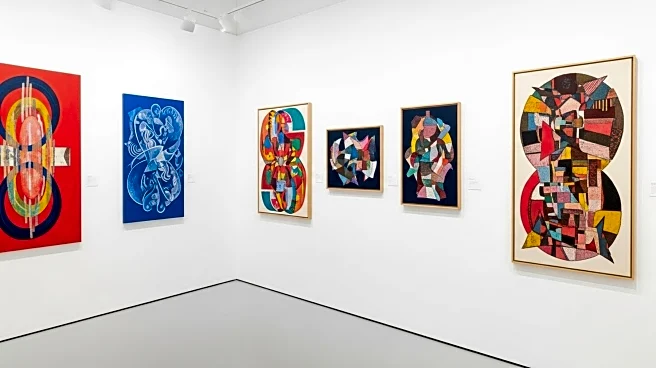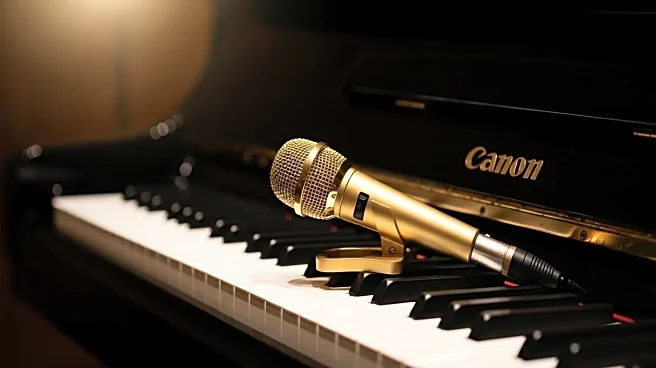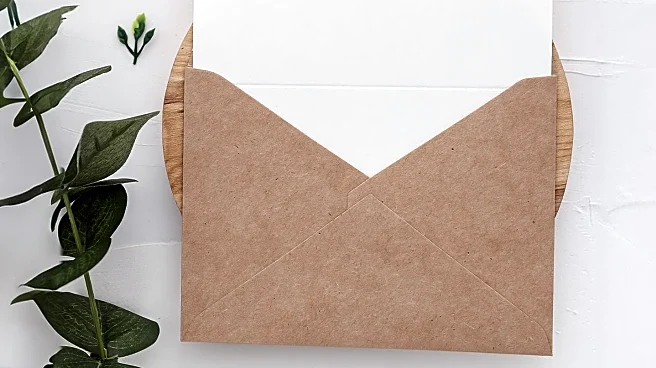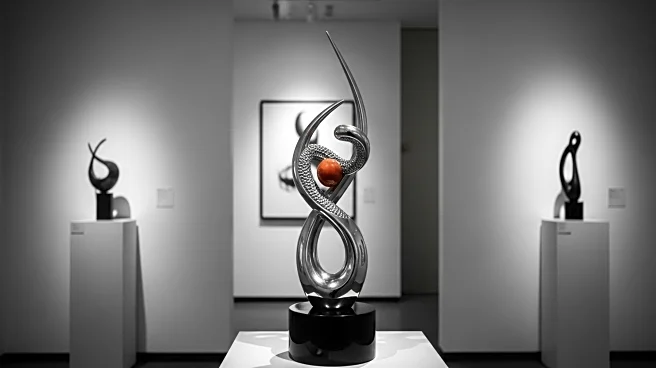What's Happening?
Contemporary artists are challenging traditional notions of calligraphy by using unconventional materials and techniques. These artists are moving away from ink and brush, instead employing light, chemicals, vines, and digital code to create calligraphic works. This approach preserves the formal language of calligraphy while exploring new mediums for cultural memory, ecological reflection, and spiritual inquiry. Artists like Yang Jiechang and Li Shun are using their work to critique globalization and explore the relationship between people, time, and nature. Others, like Dong Wensheng and Cui Fei, are experimenting with photography and natural elements to create unique calligraphic expressions.
Why It's Important?
This artistic movement signifies a shift in how traditional art forms are perceived and practiced in the modern world. By redefining calligraphy, these artists are expanding the boundaries of cultural expression and challenging the constraints of traditional media. Their work reflects broader societal changes, including the impact of technology and globalization on cultural heritage. This evolution in calligraphy could influence other art forms and inspire new ways of thinking about cultural identity and artistic expression.
What's Next?
As these artists continue to push the boundaries of calligraphy, their work may inspire further innovation in the art world. The integration of technology and unconventional materials could lead to new collaborations and exhibitions that explore the intersection of tradition and modernity. This movement may also prompt discussions about the preservation of cultural heritage in the face of rapid technological advancement.
Beyond the Headlines
The reimagining of calligraphy raises questions about the role of tradition in contemporary art. It challenges the notion that cultural heritage must be preserved in its original form, suggesting instead that it can be adapted and reinterpreted to reflect current realities. This approach highlights the dynamic nature of cultural identity and the potential for art to serve as a bridge between past and present.
